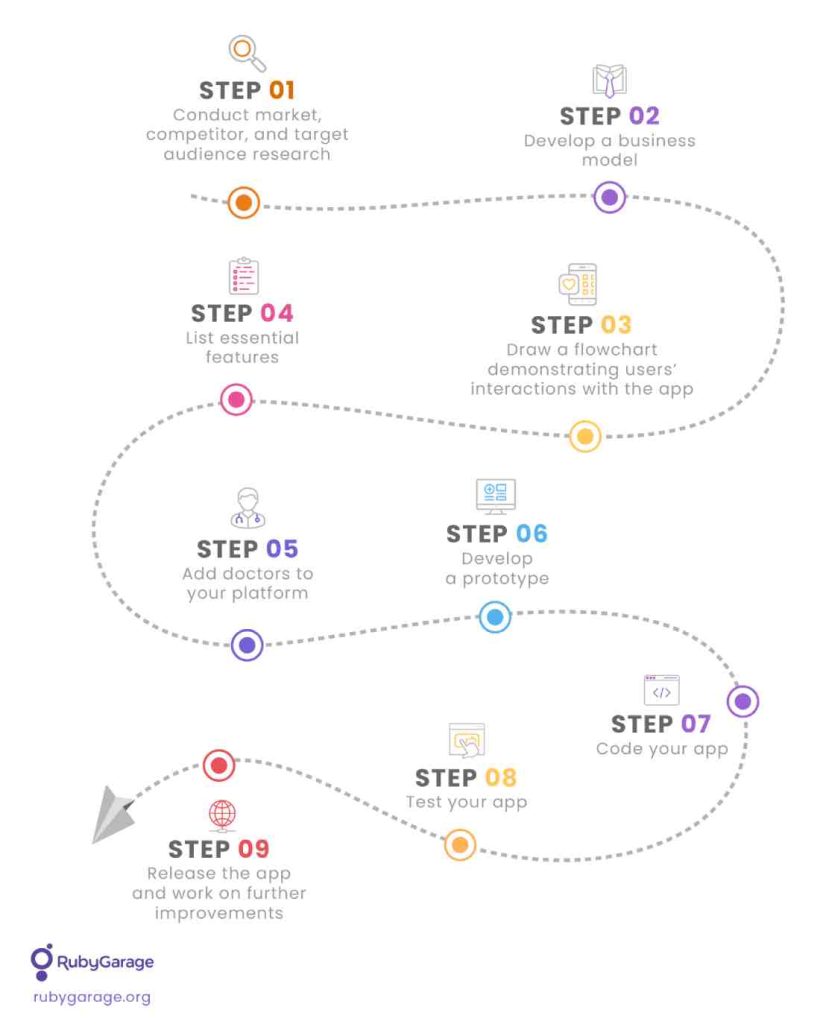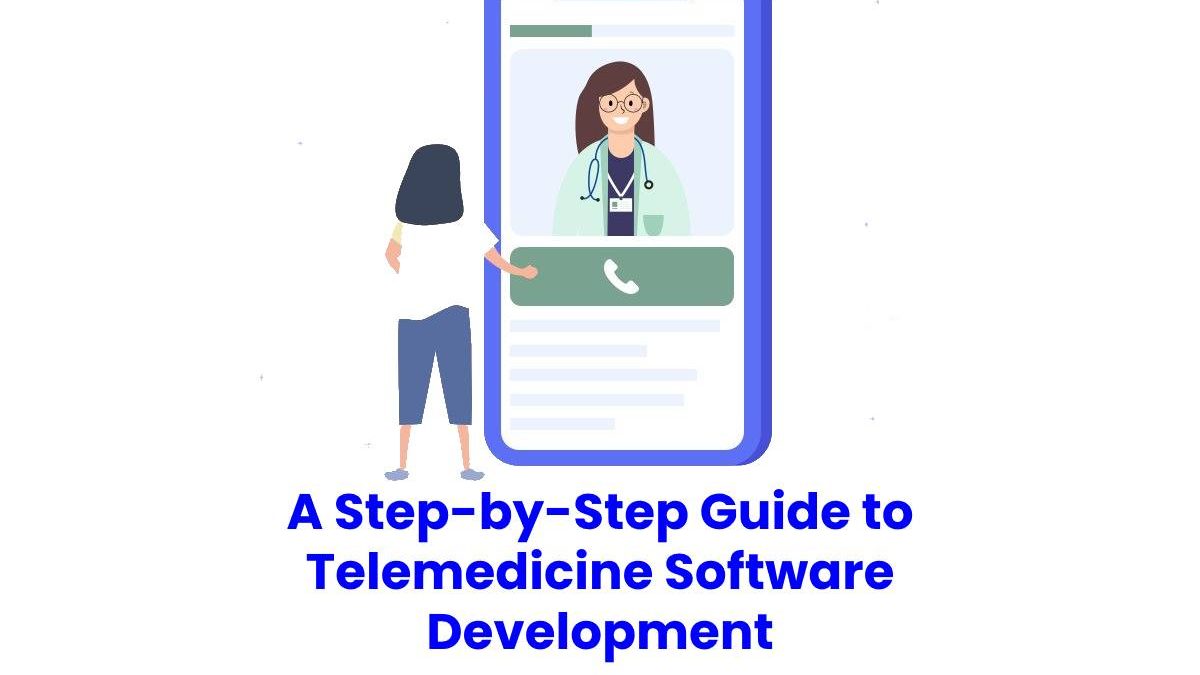Telehealth has gained much popularity during the COVID-19 pandemic, as many people have had to switch from traditional medical visits to online consultations. As a result, demand for remote healthcare has increased drastically, and demand is expected to continue growing within the next few years. EMR’s Global Telemedicine Market Outlook shows that the telehealth market is estimated to reach $173 billion by 2026.
Growth in telemedicine demand has led to the appearance of new technologies and solutions for virtual care. If you are a startup CEO thinking about telemedicine software development, now is a great time to carve out a niche in the telehealth market and create a unique solution that will bring value to users and be commercially successful.
Go on reading to learn what telemedicine software is and what steps you need to take on your way to telemedicine software development.
Table of Contents
What is telemedicine software?
Telemedicine software is a platform patients and medical professionals use to schedule doctor appointments, hold phone or video calls, and share images and health records.
Since the number of patients is constantly growing, telemedicine software has become a real necessity. It provides patients and doctors with flexibility, convenience, greater access to healthcare, and excellent results.
Steps in telemedicine software development
Since the telehealth market has become competitive, it’s vital to take the right approach to telemedicine software development. Otherwise, you may join the 90% of startups that fail. To avoid challenges that may arise along the way, follow the steps below to develop your telehealth app.

Step 1: Conduct market, competitor, and target audience research
To clearly understand if your startup idea fits the market and addresses customer needs, conduct deep healthcare market research. You also need to investigate your competitors and the solutions they offer to understand what features their apps lack and what you can add to your app as a competitive advantage. Besides that, you should analyze your target audience to find out who your typical customers are.
Step 2: Develop a business model
Another step in your telemedicine software development process is creating a business model that will help you quickly review your startup idea and decide if it’s worth implementing.
Step 3: Draw a flowchart demonstrating users’ interactions with the app
Typically, a telemedicine app has three types of users: patients, doctors, and administrators. Describing their interactions with your app will help you understand how to make their journeys easier.
Step 4: List essential features
Once you’ve analyzed the market, identified competitors and their offerings, and clarified your target audience’s needs, you need to decide what features will be included in your app.
Step 5: Add doctors to your platform
To make your telemedicine app helpful to patients, you need to connect them to qualified medical specialists. Carefully select doctors, and don’t forget to decide whether you’re going to work with hospitals, doctors, or both.
Step 6: Develop a prototype
Once you’ve created visuals, develop a prototype of your telemedicine app. When it’s ready, be sure to check if users can easily navigate it. If they have difficulties finding the right button or taking an action, improve your prototype.
Step 7: Code your app
Synchronous coding of web and mobile versions of your app will help you avoid refactoring. During this stage of telemedicine software development, you also need to consider what integrations your app will have and develop APIs for them.
Step 8: Test your app
Once your app is ready, check if its features work as planned. To do this, conduct various tests, including:
- Functionality testing
- Usability testing
- Interface testing
- Compatibility testing
- Performance testing
- Security testing
- Automation testing
- Compliance testing
- Localization testing
As a result, you will deliver a reliable and error-free app to your users.
Step 9: Release the app and work on further improvements
Don’t think your work is finished when the app is released to the public. You need to maintain its proper operation, improve its functionality, and eliminate any defects found along the way.
Final Thoughts
Though telemedicine software development seems difficult, you may cope with it well if you do all the preliminary work and develop a clear action plan. Alternatively, you can work with a reliable software development company to bring your startup idea to life.

